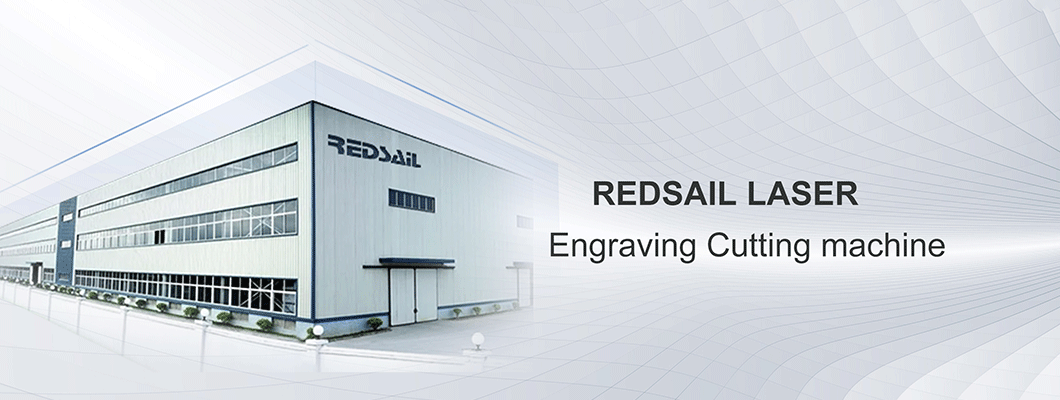
The word "laser" is a paraphrase of "laser". "Laser" in English originally means "Light Amplification by Stimulated Emission of Radiation", and has been translated into "laser", "light maser", "light stimulated radiation amplifier", etc. in China. In 1964, Academician Qian Xuesen suggested that the Chinese name be "laser", which not only reflects the scientific connotation of "stimulated radiation", but also indicates that it is a very strong new light source. Since then, the word "laser" has been recognized and still used today.
Fiber lasers refer to lasers that use rare earth doped glass fibers as gain media. Fiber lasers can be developed based on fiber amplifiers. Under the action of pump light, it is easy to increase the formation probability density in the optical fiber, resulting in a "particle number inversion" of the laser energy level of the laser working material. When a positive feedback loop (forming a resonator) is properly added, a laser oscillating output can be formed.
Fiber laser structure
The generation of laser signals requires three basic conditions: particle number inversion, the presence of optical feedback, and reaching the laser threshold. Therefore, a laser consists of three parts: a working material, a pump source, and a resonator. The basic structure of a fiber laser is as follows: a gain fiber is a gain medium that generates photons; The role of pump light is to act as an external energy to achieve particle number inversion in the gain medium, which is also known as a pump source; The optical resonator consists of two mirrors, which act to feedback photons and amplify them in the working medium. After entering the gain fiber, the pump light is absorbed, causing the number of energy level particles in the gain medium to reverse. When the gain in the resonant cavity is higher than the loss, a laser oscillation will be formed between the two mirrors, generating a laser signal output.
Optical fiber cutting features
1. Good beam quality
The waveguide structure of the fiber determines that the fiber laser is easy to obtain a single transverse mode output, and is less affected by external factors, enabling high brightness laser output
Out.
2. High efficiency
Fiber lasers can achieve high light conversion efficiency by selecting a semiconductor laser that matches the emission wavelength and absorption characteristics of doped rare earth elements as the pump source. For high power fiber lasers doped with ytterbium, semiconductor lasers of 915 nm or 975 nm are generally selected, which have a long fluorescence lifetime and can effectively store energy to achieve high power operation. The overall electro-optical efficiency of commercial fiber lasers is as high as 30-50%, which is conducive to reducing costs, energy conservation, and environmental protection.
3. Good heat dissipation characteristics
Fiber lasers use elongated rare earth doped fibers as laser gain media, with a very large surface area to volume ratio. It is about 1000 times larger than a solid block laser and has a natural advantage in terms of heat dissipation. There is no need for special cooling of the optical fiber under medium and low power conditions, and using water cooling for heat dissipation under high power conditions can effectively avoid the common beam quality and efficiency degradation caused by thermal effects in solid-state lasers.
4. Compact structure and high reliability
Because fiber lasers use small and soft fibers as the laser gain medium, it is beneficial to compress the volume and save costs. The pump source also uses a semiconductor laser that is small in size and easy to modularize. Commercially available products can generally be output with pigtails, combined with fiber optic devices such as fiber Bragg gratings. As long as these devices are fused together, full optical fiber can be achieved, with high immunity to environmental disturbances and high stability, which can save maintenance time and costs.
Advantages of fiber lasers
As a representative of the third generation laser technology, fiber lasers have the following advantages:
1. The advantages of miniaturization and intensification brought by the low manufacturing cost, mature technology, and the flexibility of glass fiber.
2. Glass materials have extremely low volume to area ratios, fast heat dissipation, and low losses, resulting in high conversion efficiency and low laser threshold.
3. Multiple output laser wavelengths: This is because the energy levels of rare earth ions are very rich and there are many types of rare earth ions.
4. Tunability: Due to the wide energy level of rare earth ions and the wide fluorescence spectrum of glass fibers.
5. Due to the absence of optical lenses in the resonator of a fiber laser, it has the advantages of no adjustment, no maintenance, and high stability, which are unmatched by traditional lasers.
6. Fiber optics enable lasers to easily adapt to various multidimensional and arbitrary spatial processing applications, making the design of mechanical systems very simple.

Leave a Comment